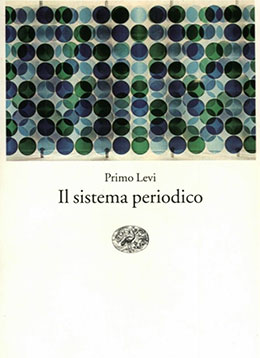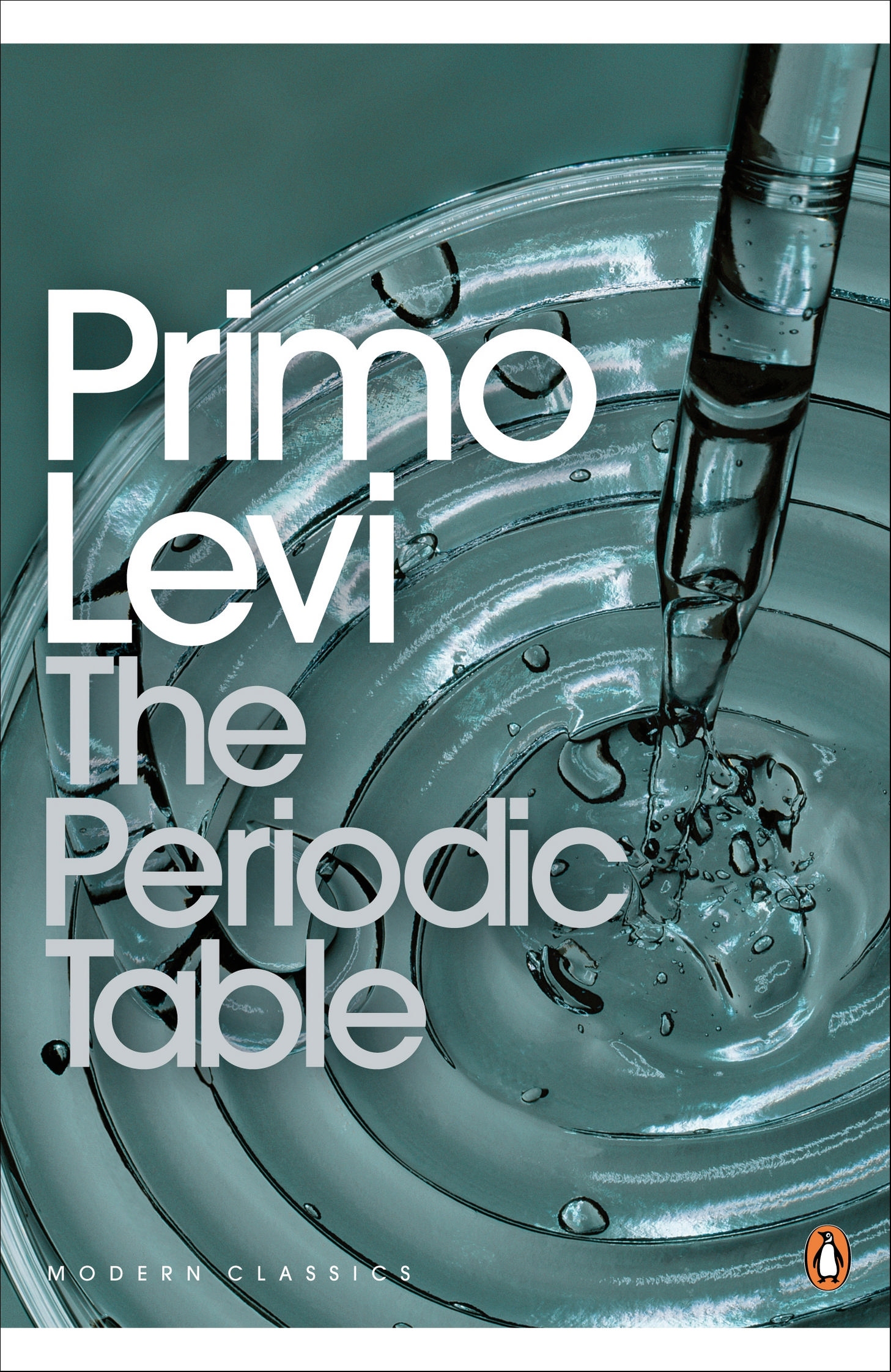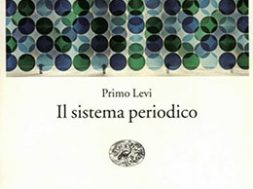
As Primo Levi‘s most famous work If This Is a Man (published in the US under the title Survival in Auschwitz) provided a vision of internment by the Third Reich, it is unsurprising that the text is often described by way of superlatives.  Yet, it is The Periodic Table that Saul Bellow described as, “A book it is necessary to read” in a quote conveniently placed on the back of my copy of the book. It seems pointless to pair these books off against each other, yet the contrasts make for a great book-end. One illuminates a place that he endured; the other reveals an approach to the world that made his work so luminary.
Yet, it is The Periodic Table that Saul Bellow described as, “A book it is necessary to read” in a quote conveniently placed on the back of my copy of the book. It seems pointless to pair these books off against each other, yet the contrasts make for a great book-end. One illuminates a place that he endured; the other reveals an approach to the world that made his work so luminary.
In an interview given with the BBC, Levi talks about life and writing with the same precision and inquisitiveness that defines his prose. In my view, worthwhile content consists of five simple words: time spent in good company. In 8 minutes 20 seconds it is clear he was just that, on and off the page.
As you begin to read, the design of Levi’s book is what first intrigues and compels a reader to open it. Then, as you proceed, the intricacy of the whole text becomes still more remarkable. A trained chemist, Levi takes the image of the title as his inspiration. Every chapter is taken from the periodic table; the element in question having some bearing on the story he regales in said chapter.
The opening chapter is titled ‘Argon’. The noble gas is curious enough as a chapter title, yet the irony is that these particles are, by definition, innocuous. The name, argon, like so many elements numbering among the noble gases, is derived from Greek, meaning inactive. Sedentary and sophisticated, Levi uses this example of unassuming matter to allegorise his antecedents.
Levi conditions the description, remarking that they had to remain active as part of the business of living:
“But there is no doubt that they were inert in their inner spirits, inclined to disinterested speculation, witty discourse, elegant, sophisticated, and gratuitous discussion.”. “Noble, inert, rare: their history is quite poor when compared to that of the other Jewish communities in Italy and Europe.”
 It impressive enough to give a shape to one’s own life but Levi gives shape to his ancestry. It is as if he mythologizes his own past in terms of the hard science. Lack of formal education notwithstanding, his vision beguiles.
It impressive enough to give a shape to one’s own life but Levi gives shape to his ancestry. It is as if he mythologizes his own past in terms of the hard science. Lack of formal education notwithstanding, his vision beguiles.
Even so, the account Primo relates is not all non-fiction; not all autobiographical (of course there is no such thing this as non-fiction, according to Norman Mailer). Levi includes two short stories back-to-back, which he wrote as a younger man, prior to his internment (the author was born in 1919 and the book was first published in 1975).
Like the rest of the text, the episodes are first person singular, however, in the edition by Penguin Modern Classics (pictured top right), they are effectively marked out from the rest of the book with an italic type-face.
The stories in question might imply that the book in which they ultimately featured had been fermenting in the writer’s mind far longer than was apparent to him as he wrote the surrounding text. Both narratives contain central substances with their own squares on the great table of chemicals: lead and mercury (or Pb and Hg if you prefer). Both narratives are told by men who are in someway removed from the world, outsiders. The may be a temptation is to suggest that they demonstrate the position of European Jewry in the mid-1900s, but that is problematic. While autobiographical criticism can make for a useful spring-board, it’s easy to over-do. After all, having been written at such a young age, it could as easily be suggested that these stories capture the isolation of adolescence. In either case, such takes would obscure the weirdness of either narrative, which is of course part of their appeal.
The final instalment also fits the autobiographical mould imperfectly. It would be unforgivable to give spoilers here, but the chapter relates to the hypothetical life of an atom, an element upon which all life depends: carbon. Having read these passages not too long ago, I still find that this account sets my head reeling.
This is a book I cannot recommend highly enough; whether a chemistry buff or a dilettante, it’s curiosity worth seeking out.
Next week I’ll turn to the classic gothic Frankenstein.










